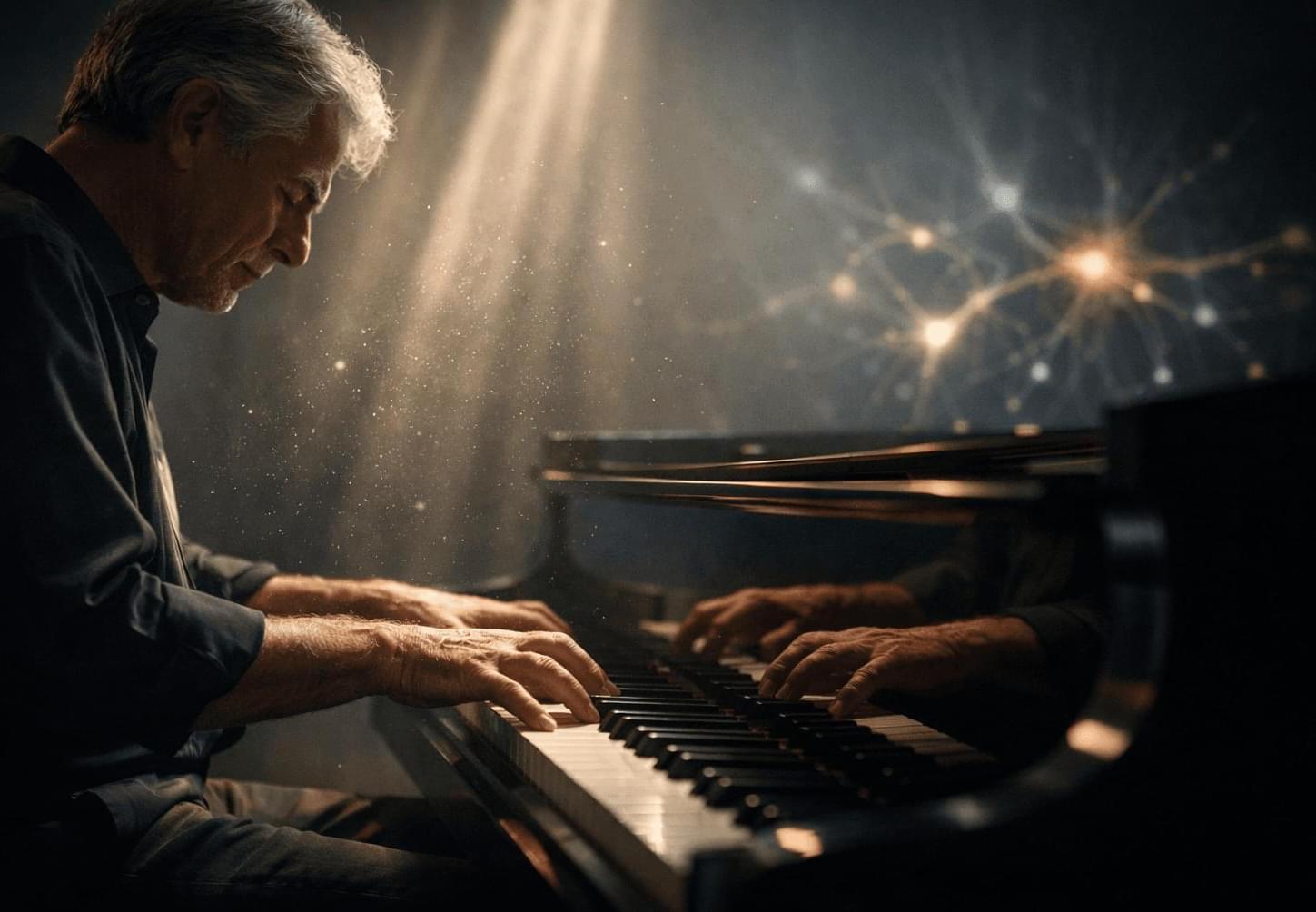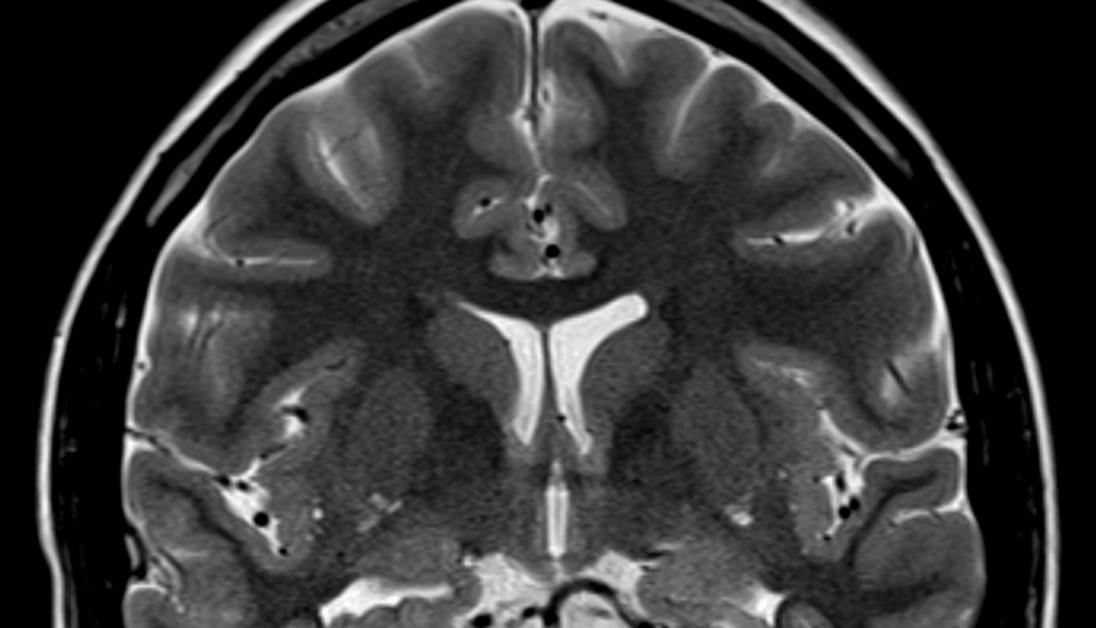One day they may come for us.
Are Berserker probes hunting advanced life? Exploring the deadliest Fermi Paradox solution.
Get Nebula using my link for 50% off an annual subscription: https://go.nebula.tv/isaacarthur.
Check out Mad Kings: https://nebula.tv/madkings?ref=isaacarthur.
Watch my exclusive video Chronoengineering: https://nebula.tv/videos/isaacarthur-chronoengineering-manip…technology.
🚀 Join this channel to get access to perks: https://www.youtube.com/channel/UCZFipeZtQM5CKUjx6grh54g/join.
🛒 SFIA Merchandise: https://isaac-arthur-shop.fourthwall.com/
🌐 Visit our Website: http://www.isaacarthur.net.
❤️ Support us on Patreon: https://www.patreon.com/IsaacArthur.

